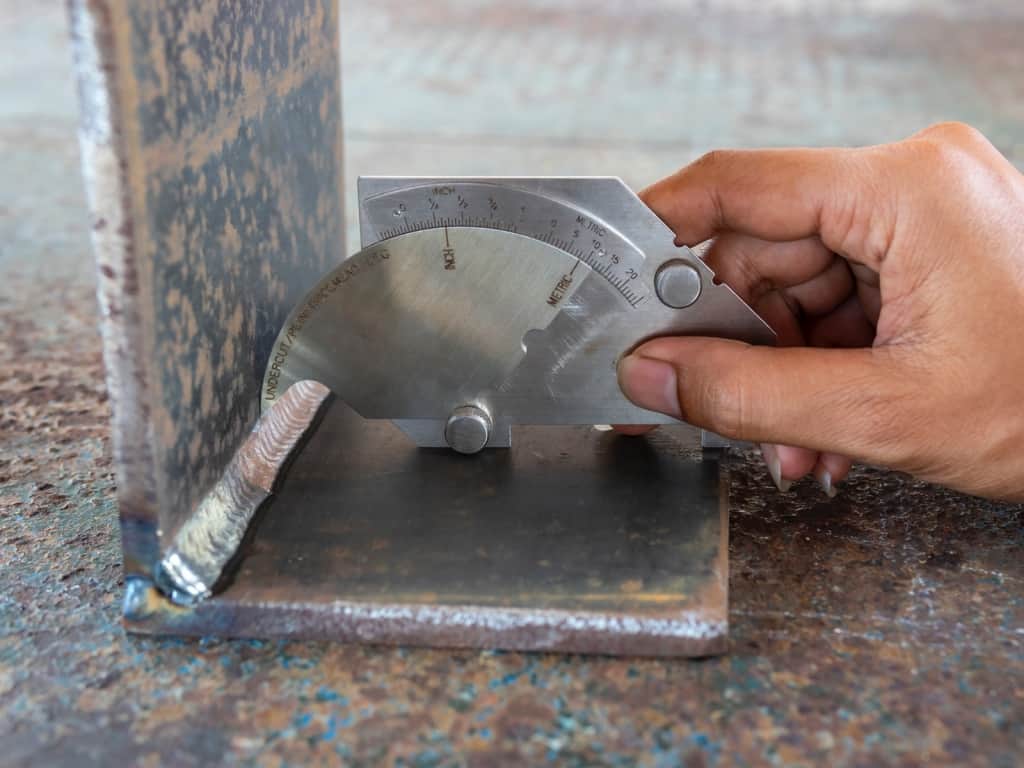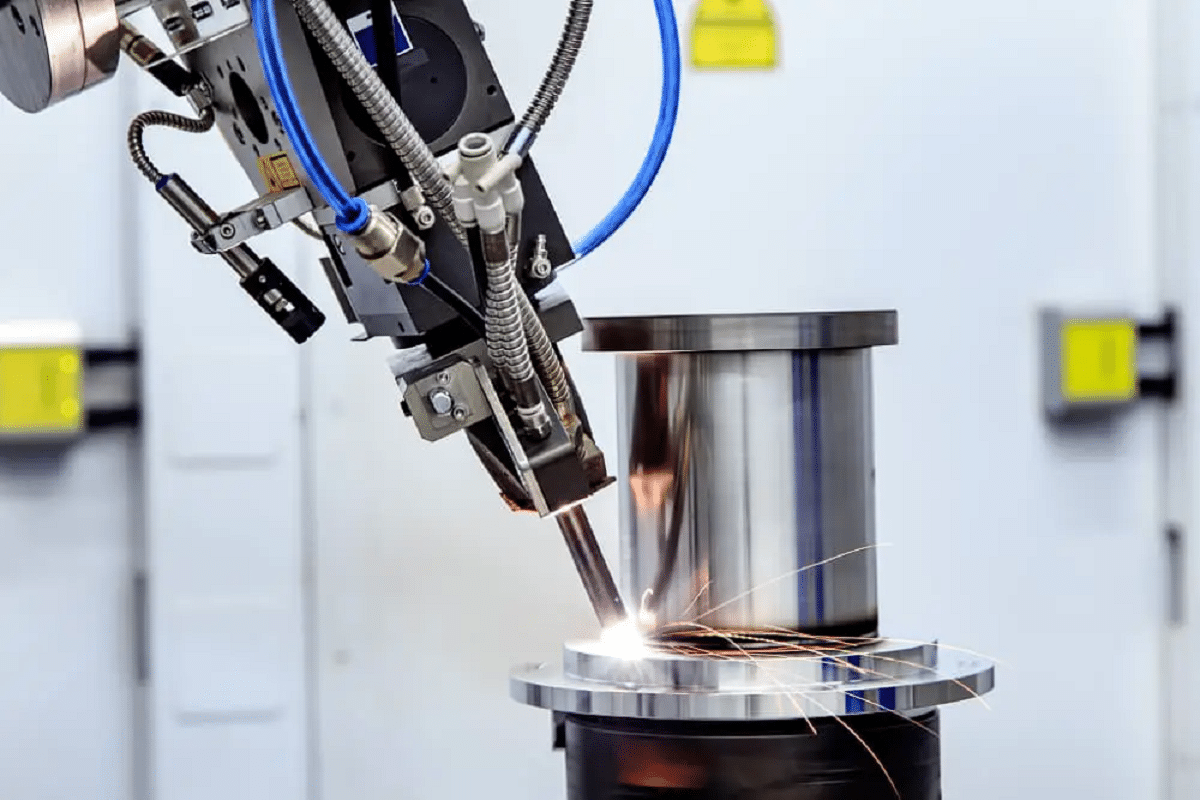Reliable Ways to Prevent Weld Undercut in Your Welding Jobs
Reliable Ways to Prevent Weld Undercut in Your Welding Jobs
Blog Article
Important Tips for Welders: Avoiding Undercut Welding and Ensuring Stronger Weld Joints
In the realm of welding, attaining long lasting and solid weld joints is the foundation of generating top quality job. One usual obstacle that welders usually experience is undercut welding, which can endanger the stability of the weld joint.

Understanding Undercut Welding
Undercut welding is a common welding flaw that happens when the weld steel stops working to effectively load the groove and causes a groove-like depression along the weld grain. This flaw damages the weld joint, making it at risk to fracturing and failing under anxiety. Damaging can be triggered by various factors, including excessive welding current, high welding speed, inappropriate electrode angle, incorrect electrode dimension, and poor welding strategy.
Among the major reasons for undercut welding is an inequality in between the welding existing and the welding speed. If the welding current is too expensive or the welding speed is as well fast, the weld steel might not adequately fill up the groove, causing undercutting. Additionally, making use of an electrode that is as well huge can result in a comparable end result, as the excess steel can not properly flow into the groove.
To avoid undercut welding, welders should ensure they are using the appropriate welding criteria, maintain an ideal electrode angle, pick the proper electrode dimension, and method appropriate welding strategies. By dealing with these elements, welders can decrease the danger of damaging and produce stronger, a lot more dependable weld joints.
Correct Welding Technique
Reliable welding technique plays an important role in ensuring the top quality and stability of weld joints. One basic aspect of correct welding method is keeping the right angle and range in between the welding gun and the workpiece.
Furthermore, a constant and stable hand motion is vital for developing solid and durable weld joints. Welders must go for smooth, uniform motions to ensure also distribution of the weld product. Appropriate adjustment of the welding weapon and filler material is additionally vital to achieving optimal penetration and combination.
In addition, managing the warm input and choosing the appropriate welding parameters based on the material being bonded are essential variables in achieving premium welds - Preventing weld undercut. Welders should comply with the suggested setups provided by welding procedure specifications and change them as required based on the specific requirements of the task. By mastering correct welding methods, welders can considerably improve the stamina and reliability of their weld joints
Selecting the Right Electrode
Maintaining the right angle and distance between the welding gun and the work surface is basic when taking into consideration the relevance of picking the best electrode in welding applications. The choice of electrode plays an important function in determining the top quality and toughness of the weld joint. Electrodes page are available in various types, each developed for details functions and products.
Firstly, choosing the ideal electrode size is important. Thinner electrodes appropriate for welding thin materials, while thicker electrodes are much better for thicker materials and greater warm applications. Matching the electrode diameter to the thickness of the workpiece aids achieve a well balanced weld.
Second of all, comprehending the material structure of the electrode is vital. Different electrodes are designed for welding specific materials like steel, try here stainless steel, aluminum, or cast iron. Using the appropriate electrode material guarantees good blend and reduces the threat of problems in the weld.
Finally, thinking about the welding placement and method is important when picking the electrode kind. For example, particular electrodes are much better matched for above or upright welding placements, while others function well for flat or straight placements. Selecting the ideal electrode based on the welding method enhances the general weld top quality and stability.
Preparing the Base Steel
To make certain a successful welding procedure, what first actions should be taken when preparing the base metal for welding? Additionally, any existing weld material or deposit from previous welding ought to be gotten rid of to make certain a tidy surface area for the brand-new weld.

Carrying Out Post-Weld Evaluations

After performing these assessments, welders should compare the outcomes against sector requirements and task demands to guarantee that the weld joint meets all essential requirements. Any inadequacies or variances uncovered throughout the post-weld evaluation ought to be immediately dealt with through ideal rehabilitative measures to ensure the weld's honesty. By vigilantly carrying out post-weld evaluations and promptly attending to any problems, welders can promote the quality and reliability of their job, ultimately contributing to the security and longevity of the bonded frameworks.
Verdict

To conclude, avoiding undercut welding and making certain stronger weld joints need a mix of proper welding strategy, selecting the ideal electrode, preparing the base steel properly, and conducting post-weld inspections. By comprehending the root causes of undercut welding and implementing the essential preventative measures, welders can create top notch weld site web joints that satisfy industry standards and ensure the architectural stability of the bonded elements.
Undercut welding is an usual welding problem that takes place when the weld steel fails to correctly fill up the groove and results in a groove-like anxiety along the weld bead (Preventing weld undercut). Undercutting can be created by different aspects, including too much welding existing, high welding rate, improper electrode angle, incorrect electrode dimension, and bad welding strategy
One of the primary reasons for undercut welding is an inequality in between the welding present and the welding rate. If the welding current is also high or the welding rate is as well quickly, the weld metal might not sufficiently fill the groove, leading to damaging.Preserving the appropriate angle and distance in between the welding gun and the work surface is fundamental when considering the significance of choosing the appropriate electrode in welding applications.
Report this page